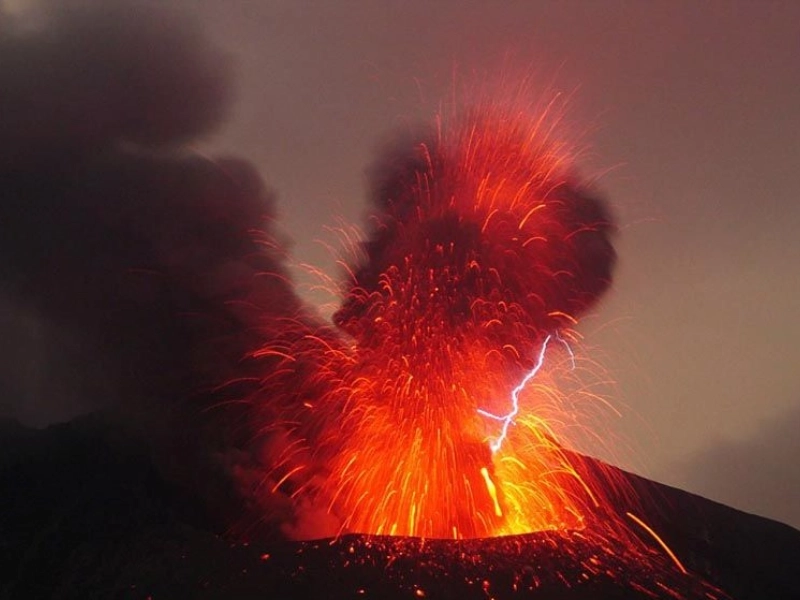Volcanic Lightning: Nature's Electrifying Spectacle
Advertisement
4. Famous Volcanic Eruptions with Spectacular Lightning Displays

Advertisement
Many volcanic eruptions over history have been noteworthy for their amazing displays of volcanic lightning, which captivates viewers and offers important information for researchers. While providing special chances for study and knowledge of volcanic processes, these eruptions also act as dramatic illustrations of the strength and beauty of this natural occurrence.
Among the most well-known instances is the 2010 Eyjafjallajökull eruption in Iceland. Although the damage this eruption caused to European aviation travel is probably what most people know about it, it also created amazing shows of volcanic lightning. Set against Iceland's frigid terrain, the juxtaposition of brilliant lightning against the dark ash clouds produced remarkable photographs that were shared all around. For researchers of volcanic lightning, the Eyjafjallajökull eruption was especially important since it offered a long time of observation in a quite easily accessible site. By using a range of tools to track the electrical activity inside the plume, researchers gained fresh understanding of how volcanic lightning forms and behaves.
Additionally producing notable volcanic lightning was the 1980 Mount St. Helens eruption in Washington State, USA. Constant flashes of lightning in the eruption column—which rose to heights of up to 19 kilometers—were witnessed by eyewitnesses This occurrence improved our knowledge of the phenomenon as well as offered amazing images. One of the first to be thoroughly investigated using contemporary scientific methods, the Mount St. Helens eruption set the foundation for most of our present knowledge of the process from the observations of volcanic lightning.
After over four decades of quiet, Chile's Calbuco volcano erupted in 2015. An amazing lightning shower lit the huge ash plume created by the eruption. Some of the most arresting volcanic lightning pictures ever shot were taken by photographers capturing purple-hued lightning bolts traversing the ash cloud. The regularity and intensity of the Calbuco eruption's lightning displays made them especially remarkable for giving researchers a plethora of information on the electrical mechanisms inside big eruption columns.
One of the most active volcanoes in the world, Sakurajima in Japan often causes volcanic lightning. Regular activity of this volcano has made it possible for researchers to investigate volcanic lightning in great detail, therefore advancing our knowledge of its formation and behaviour. Frequent eruptions of Sakurajima give researchers a special natural laboratory where they may see how volcanic lightning differs depending on the eruption conditions and how it links to other features of volcanic activity.
Also producing amazing lightning displays was the 2018 Anak Krakatau eruption in Indonesia. Especially remarkable was this eruption since it set off a catastrophic tsunami. Miles of view of the lightning in the ash plume allowed early warning of the intense activity of the volcano. The Anak Krakatau event underlined the possibilities of volcanic lightning as a tool for early warning systems by showing how observations of electrical activity may be utilised to notify authorities and surrounding people of hazardous volcanic eruptions.
You May Like
Advertisement

